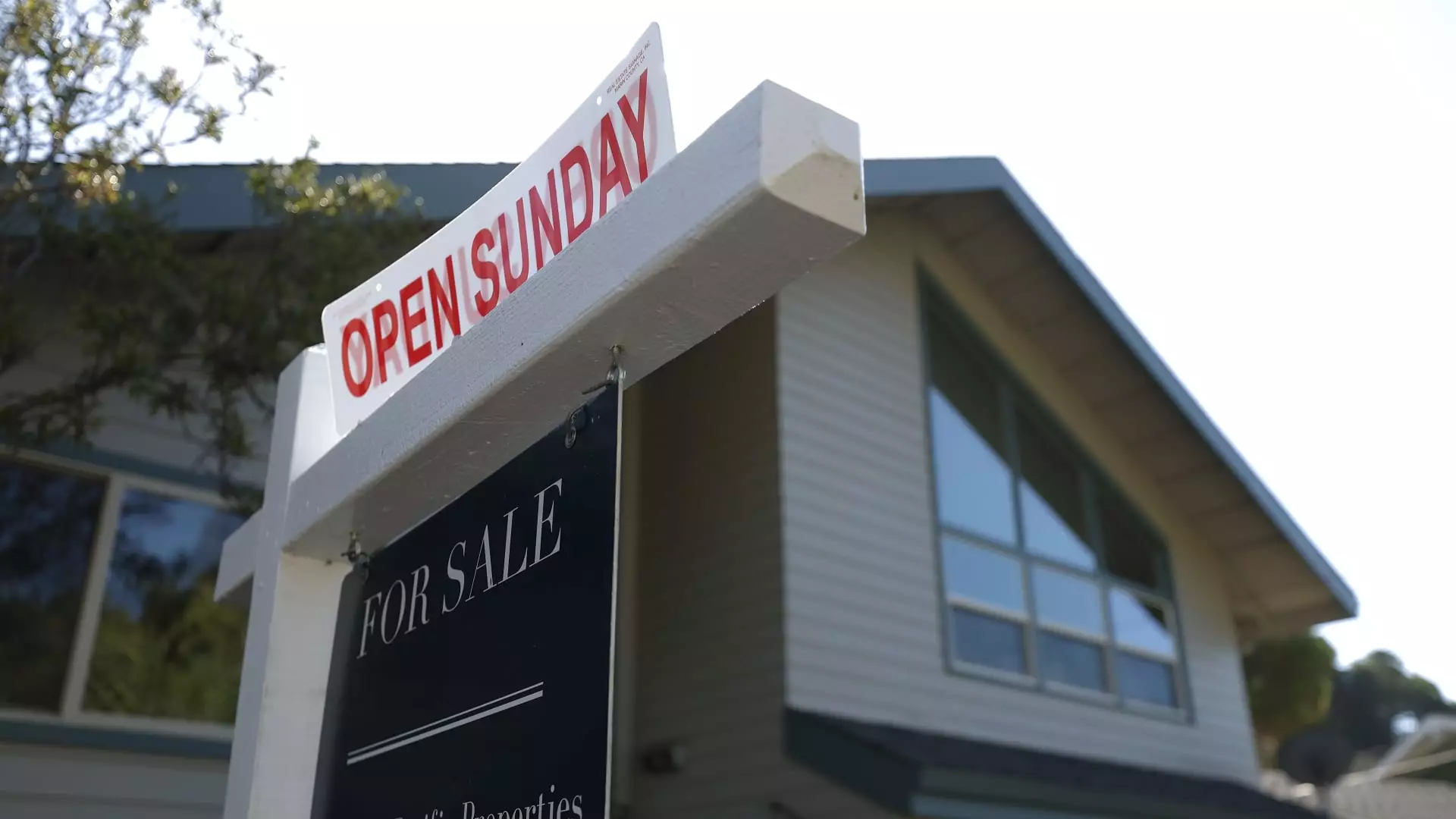Recent trends in the mortgage market reveal a significant decrease in mortgage rates, reaching their lowest points in two years. This decline is prompting an increasing number of homeowners to reconsider their current mortgage options in hopes of scoring substantial savings. A striking 20% surge in refinancing applications was reported last week compared to the previous week, as highlighted by the Mortgage Bankers Association (MBA). To put this in perspective, the current refinancing demand is an astonishing 175% higher than it was during the same week last year, indicative of a dramatic shift in the financial landscape for homeowners.
The average interest rate for a 30-year fixed-rate mortgage recently dipped to 6.13%, down from 6.15%. Despite this minor reduction, the consistent pattern of decreasing rates—now seen for eight consecutive weeks—offers buyers a renewed sense of optimism. Notably, the Federal Housing Administration (FHA) rates also witnessed a drop, dipping below the crucial 6% threshold to 5.99%. Joel Kan, the MBA’s vice president and deputy chief economist, underscored the influence of lower rates on the sharp increase in refinancing applications. The refinancing share of total mortgage applications now stands at 55.7%, showcasing a dominant preference among borrowers to modify existing loans rather than pursue new home purchases.
While the staggering year-over-year growth in refinancing applications is significant, it’s essential to contextualize it against historical trends. According to Kan, the current refinancing activity remains conservative compared to the aggressive refinancing waves observed in previous years. The natural ebb and flow of the housing market, compounded by seasonal slowdowns, hinder new purchase mortgage applications, which experienced a meager 1% uptick last week and only a 2% increase compared to the same time last year.
In addition to favorable interest rates, another notable aspect is the rising average loan sizes. The overall average loan amount rose to an unprecedented $413,100, reflecting both the higher loan sizes for new purchases and refinancings. This increase points toward an ongoing trend associated with elevated home prices and constrained inventory, further complicating the housing market for prospective buyers.
As the week progresses, mortgage rates appear to be stabilizing, with little immediate change anticipated. However, the market awaits upcoming economic data that could influence mortgage trends moving forward. Positive data could bolster confidence and increase activity, while negative indicators may temper demand. Homeowners and prospective buyers alike must stay alert to these fluctuations, as shifts in the economic climate can quickly alter the mortgage landscape.
While the current mortgage rate decline is an encouraging sign for homeowners seeking to refinance, the broader implications on the housing market remain complex. High home prices, low inventory, and shifting economic conditions will continue to shape the decisions of both buyers and current homeowners as they navigate this evolving market.

